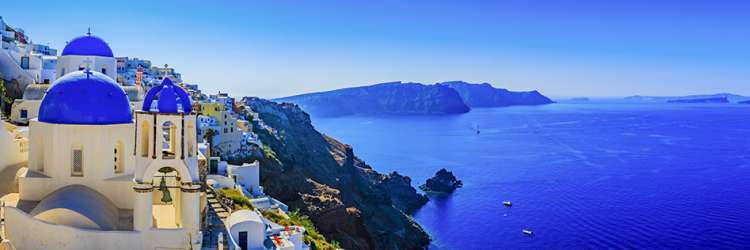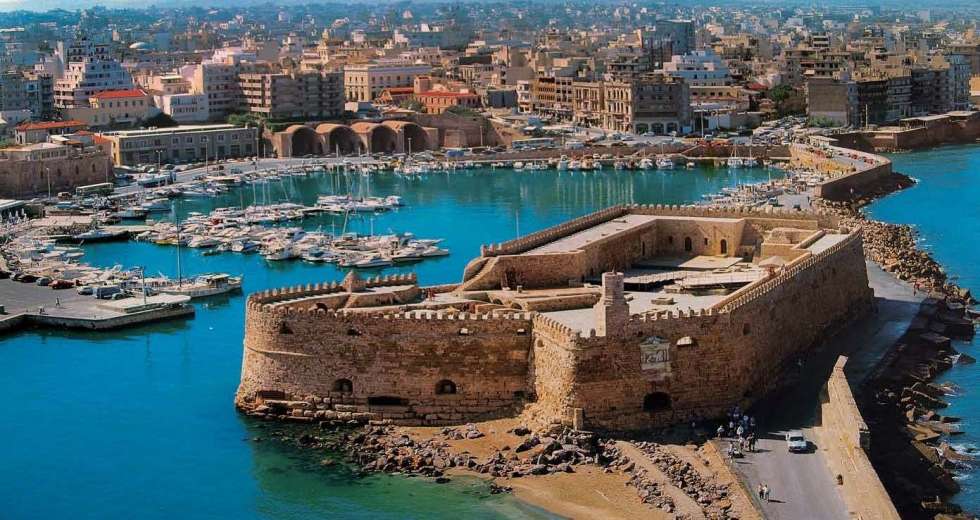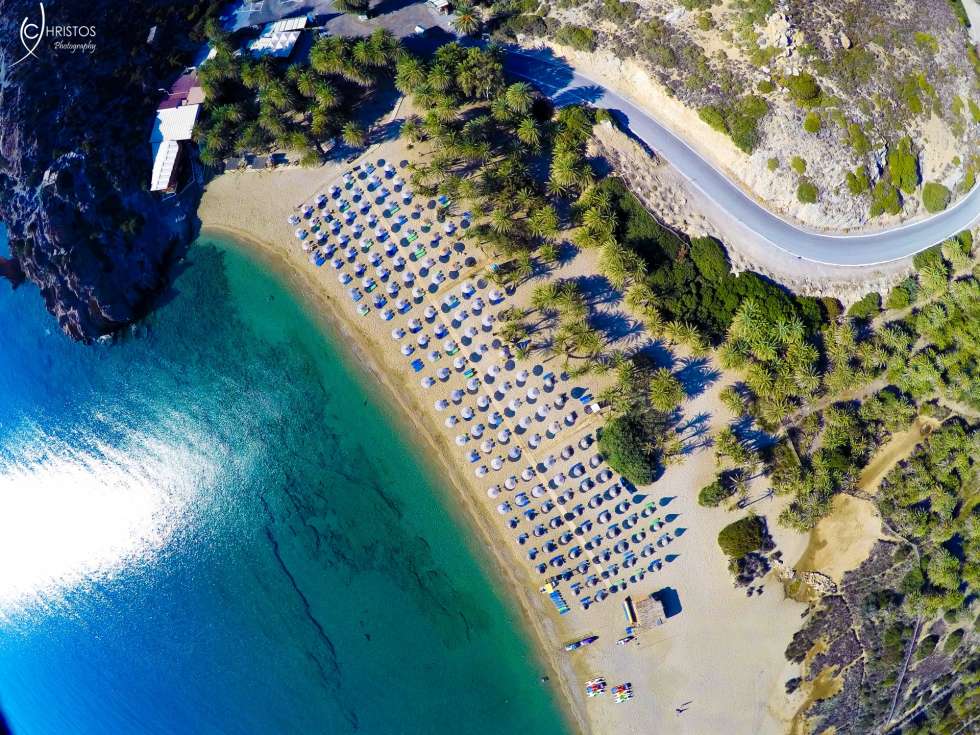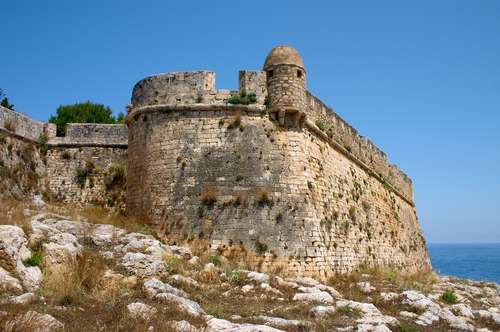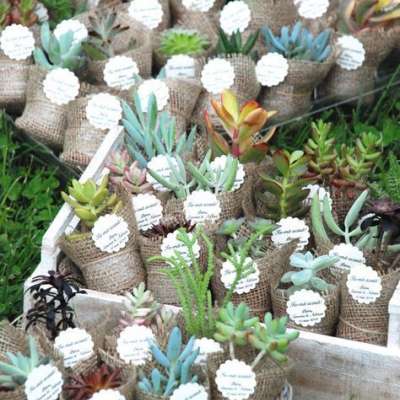A Magical Honeymoon in Crete
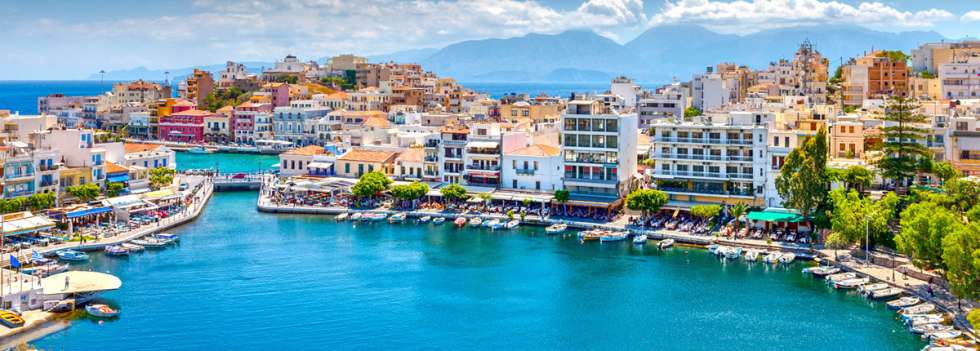
Thinking of a unique Greece honeymoon destination? One of the largest islands in the Mediterranean is Crete!
It is the 5th largest island in the Mediterranean and is considered one of the most beautiful islands in Europe.
Planning a wedding in Crete? Check out: Top Wedding Venues in Crete!
From caves to beaches and landscapes, Crete offers everything a couple is looking for on their honeymoon. A Crete honeymoon is known for its varied terrain, which ranges from fine sand beaches at Elafonisi to the White Mountains. Crete is blessed with a beautiful climate, especially on the southern coast.
See: The Best Beaches in Crete for a Magical Honeymoon
In Crete, you will find wild natural beauty and thousands of years of culture, history, and exquisite cuisine.
Crete is divided into different areas each popular for its activities and ambiance.
The Capital: Heraklion
Visit the city's capital, Heraklion, which became Crete's capital in 1971 which is also known as Iraklio.
Heraklion which is a port city is popular and is best known for the Palace of Knossos. The huge archaeological site dates back thousands of years to the Minoan civilization and includes frescoes and baths.
While you're there make sure you visit:
Koules Fortress: The "Castello a Mare" is a fortress located at the entrance of the old port of Heraklion.
Morosini Fountain: One of the most known fountains of Heraklion, Francesco Morosini ordered and supervised its construction in 1628.
Knossos Palace: The largest Bronze Age archaeological site on Crete. The site was discovered in 1878.
Arolithos Village: A unique traditional private Cretan village. Built on the slope of a mountain. While wandering around the narrow alleys, you will have the chance to come to contact with genuine traditional textiles woven on looms as well as hand-crafted embroidery.
Zaros Village and Lake: Zaros is a beautiful village with a magical lake, known for its olive oil, vegetables, and spring water.
Beaches
Balos Lagoon: The famous lagoon of Balos is located approximately 56km northwest of Chania and 17km northwest of Kissamos. Balos is famous for its turquoise waters, the wild natural beauty, and the beautiful exotic scenery.
Falassarna Beach: Known to be one of the exotic beaches, Falassarna is located 59km west of Chania and 17km west of Kissamos. It’s located in the western part of Cape Gramvousa. Falassarna bay is one of the most famous beaches in Greece, which has been awarded as the best beach of Crete and voted as one of the 10 best beaches in Europe
Elafonissi Beach: Located 76km west of Chania and 5km south of Chrysoskalitisa Monastery, in the southwesternmost tip of Crete. Elafonissi is an oblong peninsula, which often breaks in two parts by water giving the impression of being a separate island. Elafonisi is a Natura 2000 protected area.
Kedrodasos Beach: An amazing beach, located 76km southwest of Chania and 1km east of the famous Elafonissi lagoon. The beach is full of juniper trees and sand dunes.
Preveli Palmgrove: Located about 35km south of Rethymno and 10km east of Plakias. Beach of Preveli, also known as Lake Preveli or Phoenix. It is certainly the most famous beach in south Crete, accepting thousands of visitors every summer.
Vai Palmgrove: Located 94km east of Agios Nikolaos and 24km east of Sitia. It is the most famous beach in east Crete, as its main feature is the large palm grove with the Cretan Date Palm (Phoenix theophrasti). Its name derives from the word vai, meaning palm in Greek.
Glyka Nera Beach: Glyka Nera means Sweet Water and it is one of the most beautiful beaches in Crete, with deep blue color and nice pebbles. In 2003, the beach was ranked among the best 20 in Europe by London Times.
Culture and History
Zakros Palace: The most isolated of all the Minoan Palaces, located on the east coast of Crete, south of Palaikastro.
Knossos Palace: The Palace of Knossos is located in North Central Crete just south of the outskirts of Heraklion on the Kephala hill. It is thought that Knossos was the first and oldest Neolithic site in Crete and the first indication of human activity on the island is located in the exact area where the Palace and it is Central Court was to be located.
Malia Palace: The Palace of Malia is situated on the North coast of Crete, East of Heraklion.
Preveli Monastery: In southern Rethymno, The Preveli Monastery is one of the largest, most important and historic in Crete.
Arkadi Monastery: The Arkadi Monastery is one of the most important and historic monasteries in Crete, and was mentioned as early as the 16th century as an important cultural center.
Fortezza: In Rethymnon, the citadel of the city of Rethymno in Crete, Greece. It was built by the Venetians in the 16th century and was captured by the Ottomans in 1646. By the early 20th century, many houses were built within the citadel.
Old Venetian Harbour of Chania: The old Venetian harbour of Chania is considered one of the most significant historical landmarks in Crete. It is now considered as one of the most important spots on the island.
Koules Fortress: The Koules or Castello a Mare is a fortress located at the entrance of the old port of Heraklion. It was built by the Republic of Venice in the early 16th century.
Cretaquarium: The creation of a large and modern sea Aquarium in Crete was a challenge as well as a vision not only for the local research society but Cretan society as a whole. CretΑquarium is an expert in presenting species and ecosystems of the Mediterranean, a sea of unique biodiversity that gave birth to ancient civilizations and welcomes millions of visitors every year from all over the world.
Historical Museum of Crete: The Historical Museum of Crete was founded by the Society of Cretan Historical Studies in 1953 and is housed in a neoclassical building of significant architectural merit in the city of Heraklion on Crete, an island of Greece.

